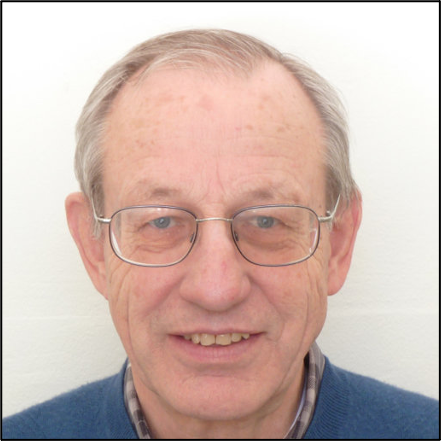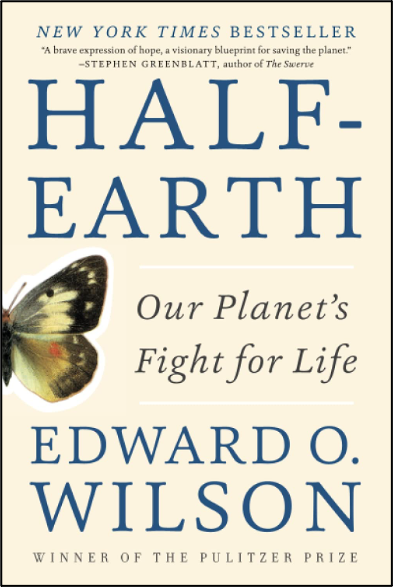News
Dieter Typke † August 30, 2021
Posted by: Joachim Frank |
September 5, 2021 |
No comment

With Dieter Typke another long-year colleague and friend passed away.
When I started this blog I did not have the foresight that it would, when carried on long enough, become a litany of obituaries for friends and colleagues, and some colleagues that have become friends. But this is a logical consequence of aging and the random nature of our human frailty, and upon reflection I might have thought of this as a serious risk of blogging, making me abandon it. I suppose one remedy would be to feature up-and-coming people with brilliant ideas as young counterweights, but that would require an enormous commitment to browsing the literature since the people you know best are always your peers, who age in lockstep with you.
I knew Dieter from way back when the Martinsried campus of the Max Planck Institute for Biochemistry had just been put in place. In the late fall of 1972 I had just returned from my two-year postdoc stints in the US and would share an office with him for about six months, before moving on to the Cavendish lab in Cambridge. At the time Dieter, one of Otto Scherzer’s students, worked on an ambitious plan to design an electron microscope that was, by the very design of its illumination system, capable of imaging in three dimensions. It was one of the visionary but quite impractical ideas of Walter Hoppe that were never realized. Since then, first working under Hoppe’s direction, then Wolfgang Baumeister’s, Dieter worked on numerous projects always with extreme diligence and perfection. Among these, automated electron tomography was one of Hoppe’s dreams he helped make true. After his retirement from his position in Martinried he joined Bob Glaeser’s group at the Lawrence Berkeley National Laboratory for a good number of years.
Just three years ago I came to know Dieter more closely as he helped me with the preparation of the late publication of my dissertation by the Technical University Munich Press, almost 50 years after my Ph.D.. He went through the host of formulas meticulously, spotted errors, and wrote a very touching preface. Our most recent correspondence, in spring of this year, was about a biography chapter I was writing on Walter Hoppe, where Dieter helped me with the description of his involvement in Hoppe’s 3D imaging microscope project.
Dieter was passionate about the fate of our planet, and took several initiatives to create public awareness of the terrible trajectory we are on as our hopes for global cooperation are still not met with decisive action. When I received word in my office of Dieter’s passing away my eye, quite by accident, fell on the spine of the book “Half Earth” by Edward O. Wilson, which Dieter had distributed at the last Gordon Conference on 3DEM. In it Wilson recognizes that there is no way now to reclaim the pre-industrial earth, but that we should at least aim to preserve wilderness in the amount matching the areas spoiled by humans, in the interest of preserving biodiversity.



